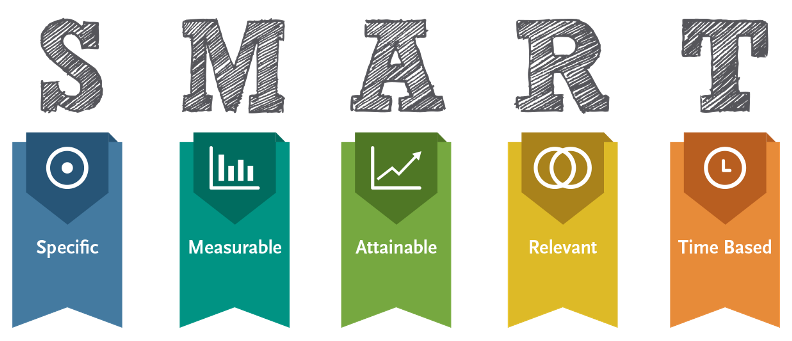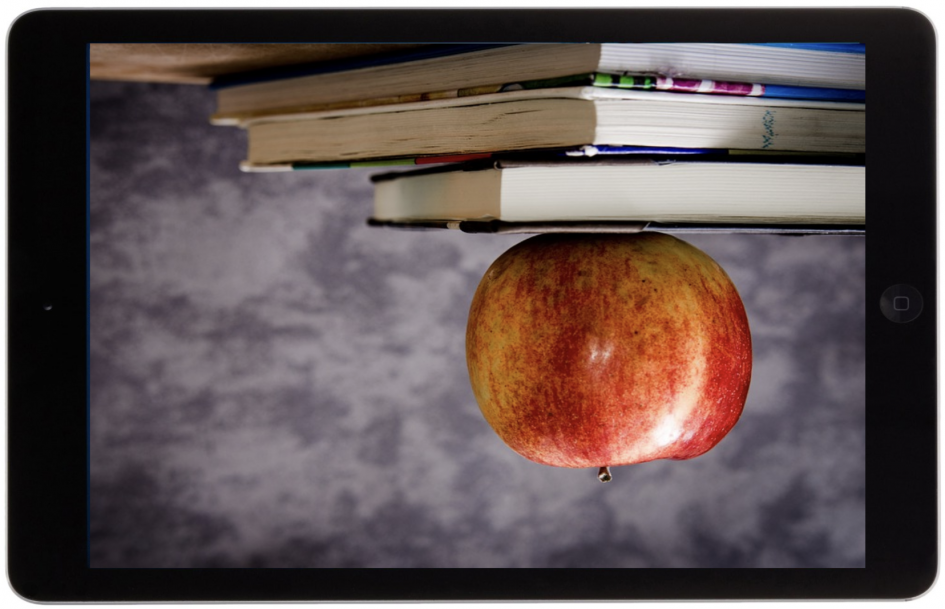This week we will talk more about Multi-Access Learning, Hyflex, Flipped Learning, and Lesson plans, the first three of which are research interests of mine.
This topic will introduce you to the key points you will need to know to create an effective lesson plan.
Learning Objectives
- Articulate the benefits and drawbacks of a flipped learning curriculum, including the potential pitfalls that need to be identified and prepared for.
- Communicate the benefits and drawbacks of a Multi-Access or Hyflex approach to teaching, including the potential pitfalls that need to be identified and prepared for.
- Create a Lesson Plan including SMART learning objectives, instructional elements, and an active learning activity.
Class Time
Flipped / Hyflex Learning
A few years ago I completed my master’s thesis on flipped learning for information literacy instruction, so I am keenly interested in this topic. That said, while a flipped learning pedagogy, or a blended learning method, can be great tools to use in some circumstances, they are not panaceas and are not the best teaching tools in all situations and at all grade levels. The video below talks about how one elementary school teacher uses a modified Flipped teaching method to differentiate learning for her students to better meet their individual needs.
Please ask yourself the following questions:
- What are the primary benefits that a well-designed flipped learning experience can provide?
- What are some of the potential downsides to flipped learning, and how could they be managed?
- When you think about Blended learning, what comes to mind?
Multi-access or Hyflex Learning, and the goal of radical flexibility that some educators are pursuing for the learners in their classes. Please read the following article about Multi-Access Learning, and optionally listen to a portion of the embedded podcast about Hyflex Learning:
- Read this article, by UVic Scholar Dr. Valerie Irvine, titled Why NOT to Quit After First Attempts in Online and Hybrid Learning Flexible Class (8 min).
Please ask yourself the following questions:
- How would building flexibility into your classroom instruction be potentially helpful during and after the covid-19 pandemic?
- What problems, concerns, or issues might arise from using a Multi-Access or Hyflex teaching method in K-12 in British Columbia?
Lesson Planning to Creating Lesson Content
Please listen to Kevin Alexander’s Podcast and take note of the graphic below as Kevin talks about the gradual progression of tasks as you move from lesson planning to creating learning objects to help you achieve the learning objectives for the lesson.
Please make some notes as you listen to Kevin, especially if there are things that he discusses that you aren’t as familiar with. The graphic below highlights the different phases of the planning process that Kevin references in his audio recording.

Now let’s listen to Kevin Alexander interview Kathy Alexander about the important components of lesson planning and some common pitfalls to avoid when you are creating your lesson plans and lesson content (audio only).
SMART Learning Objectives
As you create learning objectives for your topic, make sure you keep your target audience in mind:
- Who is your audience? What is their age and education level? Do they have experience with the topic you chose, or something closely related?
- What is the “Big Idea” that will capture their imagination or inspire them to fully engage with the workshop instruction and activities?
Create SMART Learning Objectives – Begin with the end in mind. Learning objectives should each be SMART: Specific, Measurable, Attainable, Relevant, and Time-based (Chatterjee & Corral, 2017).
- Specific: Exactly what is to be learned – who, what, where, why?
- Measurable: How will it be determined that the specific learning outcome has been met?
- Attainable: Ideally challenging learning objectives within the ability of participants to achieve. Not out of reach but not too easy.
- Relevant: How do the learning objectives relate to the needs and desires of the workshop participants?
- Time-based: When will the learning outcome be successfully completed? During or at the end of the workshop? At a future workshop or future date?

Here are two examples of SMART learning objectives:
- “By the end of the class learners will be able to add new shapes and text to the TinkerCad workspace in order to create the object(s) they desire.”
- “By the end of this class learners will have submitted a 3D print job for review by the instructor before printing.”
Hands-on Lab Time
Please review the sample project plan below that I created as an example. It gives an idea of the amount of detail you should aim for in creating your own unique lesson plan: Lesson Plan – Example (Google Doc).
Now let’s practice creating a lesson plan for something fairly simple like teaching someone how to use the Saanich Carbon Calculator:
Please make your own project plan to plan out how to teach something that you are interested in (it could even be based on the topic that you used to make your screencasting video last week). Note that you are only making the lesson plan, not the whole lesson!
Please make a copy of this Example lesson plan and then edit it to make your own lesson plan (see the animated GIF below if you’re unsure about how to make a copy of a Google Doc):

Assignment 2A -Lesson Plan & Materials Creation
Create a lesson plan and lesson materials to teach your peers in your learning pod a language revitalization skill using at least one Educational Technology during the lesson. Your lesson plan should include the following:
- In a sentence or two, create an overarching goal for your lesson. In other words, what should the learner be able to do by the end of the lesson?
- Learning Objectives: Create two or more SMART learning objectives for your lesson plan. Learning objectives should be: Specific, Measurable, Attainable, Relevant, and Time-based.
- Instruction: Create instructional materials to introduce the lesson topic to your students using at least one educational technology, and explain the “why” of the topic or skill.
- Activity: Think about or find at least one active learning exercise to use as part of your lesson.
- Evaluation: Outline how you will determine if the learning objectives you set out for the lesson have been achieved by your learners.
- Length: the lesson should be 1o minutes or less.
- Post your lesson plan to your blog with the “lesson-plan” category.
Due dates:
- This Lesson Plan portion (Assignment 2A) is due on June 15. Submit here in Brightspace.
- The Lesson Activities (Assignment 2B) is due June 17.
Bibliography:
Alexander, K. (2017a). A Design Process: Multimedia Lesson [PNG]. https://coursespaces.uvic.ca/pluginfile.php/2338172/mod_page/content/6/the%20design%20process.png
Alexander, K. (2017b). Lesson Plans – Interview with Kathy Alexander [Mp3]. https://soundcloud.com/user-433569679/lesson-plans-interview-with-kathy-alexander
Alexander, K. (2017c). The Design Process—Multimedia & Interactive Learning [Mp3]. https://soundcloud.com/user-433569679/the-design-process-multimedia-interactive-learning
Bates, T. (2019). Teaching in a Digital Age – Models for media selection. https://pressbooks.bccampus.ca/teachinginadigitalagev2/chapter/9-1-models-for-media-selection/
H. L. (2017). SAMR Model: A Practical Guide for EdTech Integration. Schoology Exchange. https://www.schoology.com/blog/samr-model-practical-guide-edtech-integration
Mayer, R. E. (Ed.). (2014). The Cambridge Handbook of Multimedia Learning (2nd ed.). Cambridge University Press. https://doi.org/10.1017/CBO9781139547369
McCue, Richard (2021). EDCI 337 – Using the multimedia lesson plan example as a template [MP4]. https://www.youtube.com/watch?v=hlmI_Bp0fVc


Leave a Reply